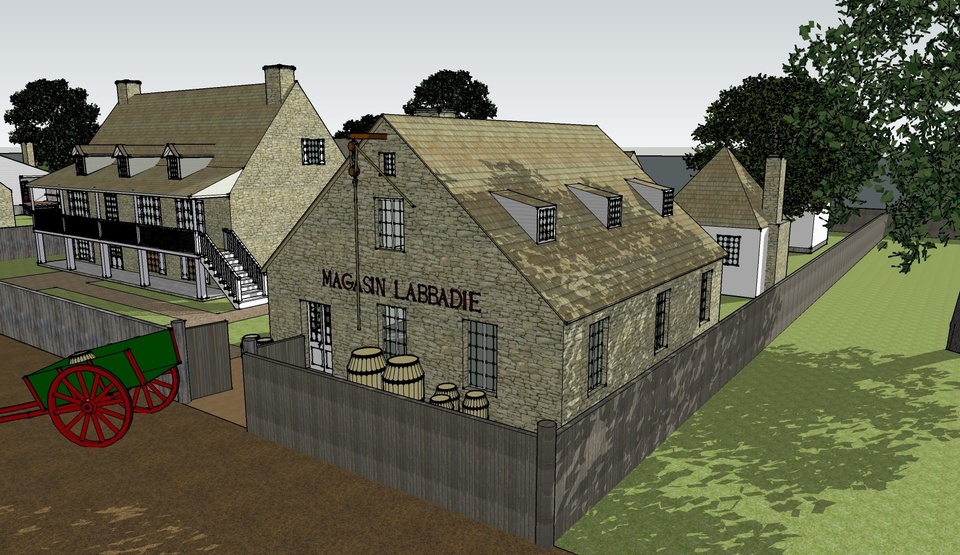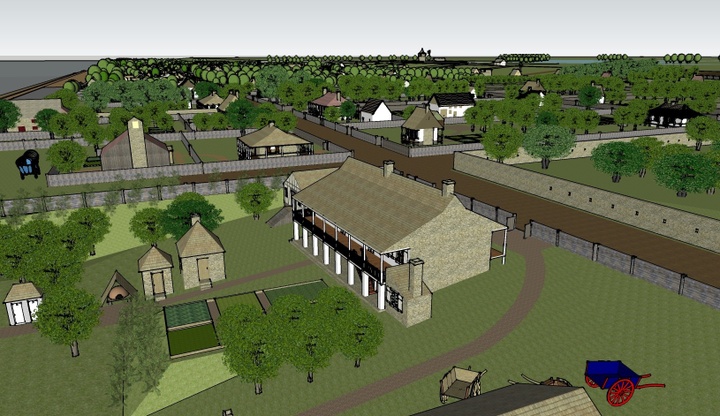Robert Moore
Robert J. Moore Jr. is a senior lecturer at Washington University in St. Louis and a retired public historian for the National Park Service. He holds a bachelor of fine arts degree from Syracuse University, and a master and doctoral degree in history from WashU. Moore has written articles for national and regional magazines on Lewis and Clark, westward expansion, architectural history and Dred and Harriet Scott. He is the author of eight books, including “The Gateway Arch: An Architectural Dream,” “Tailor Made, Trail Worn: Army Life, Clothing and Weapons of the Lewis and Clark Expedition,” “Natural Wonders of the World,” “Native Americans: A Portrait; The Art and Travels of Charles Bird King, George Catlin, and Karl Bodmer.”
Born and raised in Oriskany, New York, Moore was employed by the National Park Service for 40 years, working at such diverse areas as Saratoga, Yorktown, Morristown, Gettysburg, and Sagamore Hill. His scholarly interests include the architectural heritage of the U.S. and St. Louis, French colonial history, art and motion picture history, Native Americans, the African American heritage of St. Louis, the early role of women in architecture and design in the U.S., conservation, the progressive era, and presidential history. His recreational interests include travel, photography, hiking, creative writing, and carpentry. He lives near St. Louis with his wife Susan and daughter Karen.
Moore teaches two courses in the Sam Fox School, “Landscapes through Time: St. Louis Architecture, from the Mound Builders to the Arch,” about the architectural heritage of the region, and “Historic Preservation: Honoring the Past While Designing for the Future,” about the history of the preservation movement and how historic preservation is conducted today in the U.S. During the 2023-2024 academic year he also taught two half semester courses, “Visions of a Brighter Future, The History of Progressive Design at World’s Fairs, 1851-Present,” and “Challenging Cultural Assumptions – Women in Architecture, 1827-1960.”
Native Americans: A Portrait; The Art and Travels of Charles Bird King, George Catlin and Karl Bodmer (Stewart, Tabori & Chang, New York, New York, 1997)
Tailor Made, Trail Worn: Army Life, Clothing and Equipment at the Time of the Lewis and Clark Expedition (Far Country Press, Helena, Montana, 2003)
The Old Courthouse (Jefferson National Parks Association, St. Louis, Missouri, 2004)
The Museum of Westward Expansion (Jefferson National Parks Association, St. Louis, Missouri, 2004)
The Gateway Arch: An Architectural Dream (Jefferson National Parks Association, St. Louis, Missouri, 2005)
















































